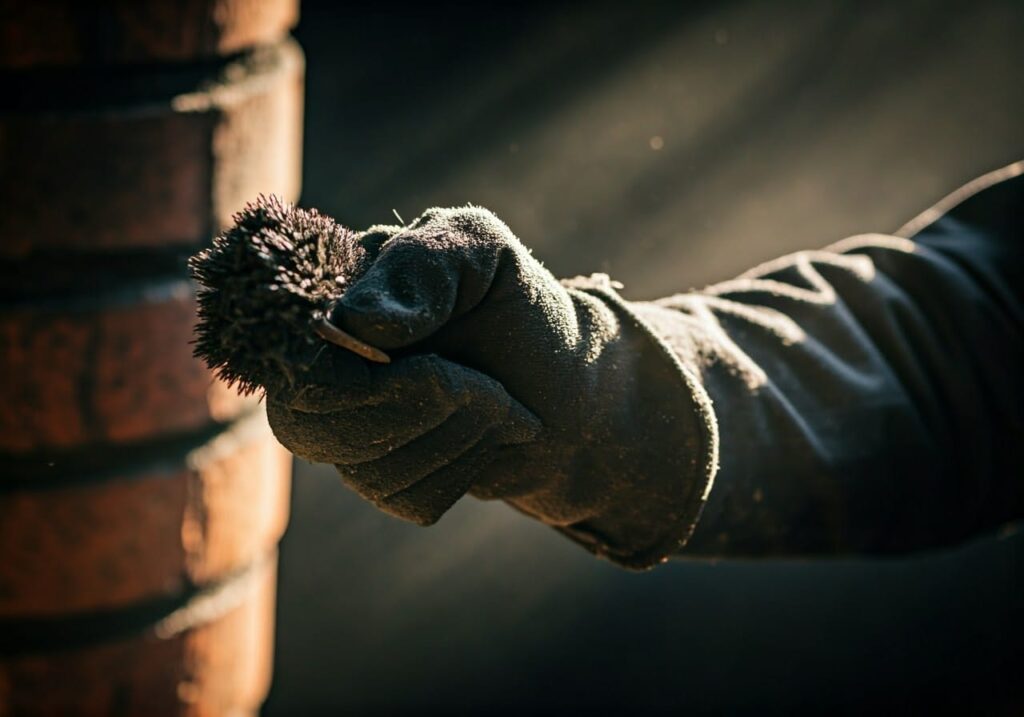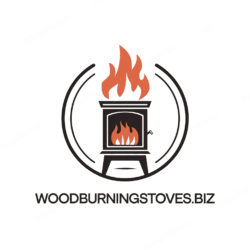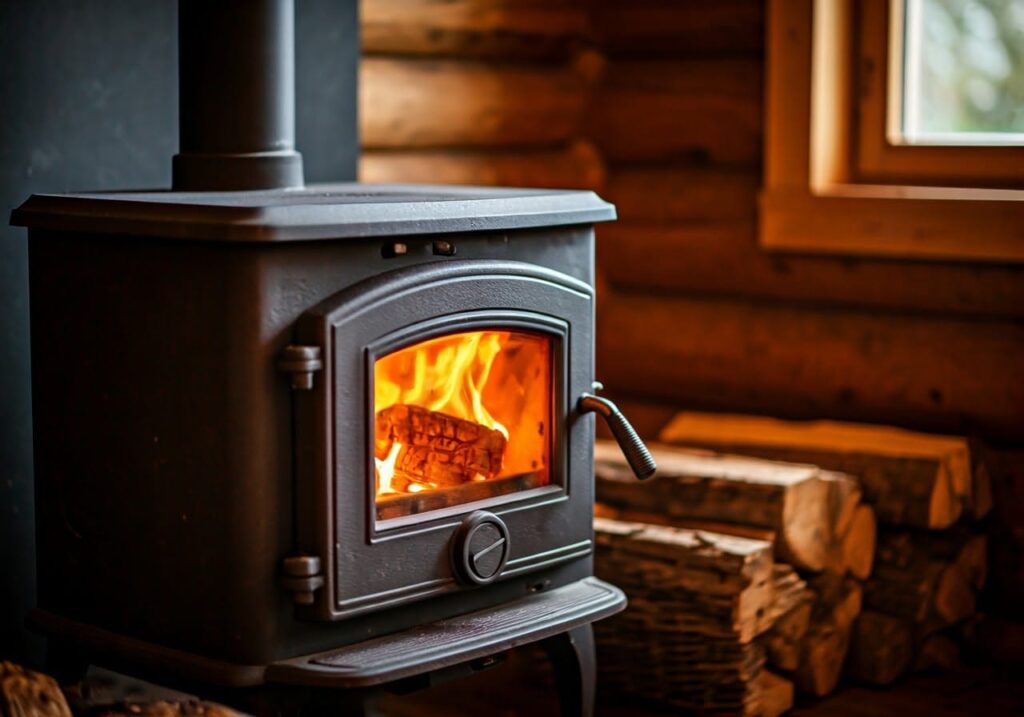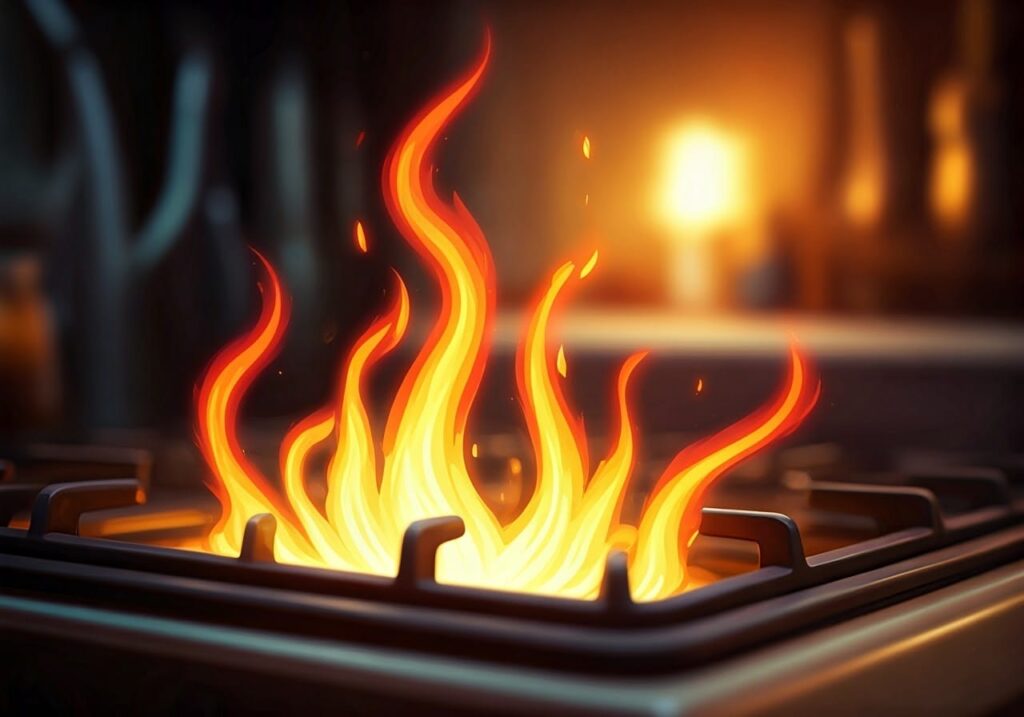Understanding Chimney Blockages: A Silent Threat to Home Safety

The chimney of a wood stove is more than just a architectural feature—it’s a critical safety system that silently protects your home from the potentially catastrophic consequences of improper combustion and toxic buildup. Like the unsung hero of your heating infrastructure, your chimney works tirelessly to channel smoke, gases, and potentially dangerous byproducts away from your living space.
Yet, many homeowners remain blissfully unaware of the intricate dynamics happening above their wood stoves. A clogged chimney is not merely an inconvenience; it’s a potential disaster waiting to unfold. This comprehensive guide will illuminate the hidden world of chimney blockages, revealing the complex mechanisms, potential risks, and critical steps to prevent and address these dangerous obstructions.
Our journey will explore the multifaceted nature of chimney clogs, transforming what might seem like a technical issue into a compelling narrative of home safety, environmental interaction, and proactive maintenance.
The Anatomy of a Chimney Clog
What Causes Chimney Blockages?
Chimney clogs are not random occurrences but the result of multiple interconnected factors:
- Creosote Accumulation
- A sticky, tar-like substance formed from unburned wood particles
- Builds up during incomplete combustion
- Highly flammable and dangerous
- Organic Debris
- Leaves, twigs, and animal nests
- Can block chimney flue completely
- Creates significant fire hazards
- Structural Deterioration
- Damaged chimney liners
- Cracked masonry
- Collapsed internal structures
Immediate Consequences of a Clogged Chimney
1. Reduced Ventilation Efficiency
A blocked chimney dramatically compromises your wood stove’s ability to:
- Remove smoke effectively
- Regulate internal combustion temperature
- Maintain proper oxygen circulation
2. Increased Carbon Monoxide Risk
Blocked chimneys can force dangerous gases back into your living space:
- Carbon monoxide is odorless and invisible
- Potentially fatal in high concentrations
- Symptoms include headaches, dizziness, and nausea
Potential Structural and Health Risks
Fire Hazards
Creosote buildup combined with restricted airflow creates:
- Increased risk of chimney fires
- Potential for rapid fire spread
- Structural damage to your home
Long-Term Health Implications
Persistent chimney blockages can lead to:
- Respiratory issues
- Increased indoor air pollution
- Potential exposure to toxic particulate matter
Diagnostic Signs of a Clogged Chimney
Warning Indicators
Be alert to these critical signals:
- Persistent smoky smell
- Difficulty starting or maintaining fires
- Visible smoke entering living space
- Unusual sounds from chimney area
- Reduced heating efficiency
Prevention and Maintenance Strategies
Comprehensive Chimney Care
Regular Professional Inspections
- Annual chimney sweep
- Detailed structural assessment
- Creosote measurement
Proper Wood Selection
- Use seasoned, low-moisture hardwoods
- Avoid burning treated or green wood
- Maintain optimal combustion temperatures
Advanced Protection Techniques
- Install chimney caps
- Use spark arrestors
- Implement regular cleaning protocols
Professional Intervention vs. DIY Approach
When to Call the Experts
Critical scenarios requiring professional assistance:
- Significant creosote buildup
- Visible structural damage
- Persistent blockage issues
- Any signs of potential fire risk
Ensure a Safe and Warm Home: Essential DIY Chimney Maintenance Tips
As a homeowner, taking proactive steps in chimney upkeep is crucial for preventing unforeseen hazards and ensuring efficient heating throughout the year. Embarking on DIY chimney maintenance not only saves you money but also fosters a deeper understanding of your home’s intricate systems. Here’s how to do it safely and effectively:
Safeguard Your Well-being
Begin by investing in high-quality protective equipment, including gloves, safety glasses, and a dust mask, to shield yourself from soot and debris.
Precision Cleaning
Utilize specialized chimney cleaning tools designed for navigating tight spaces and effectively removing creosote buildup. These tools are tailored to reach all areas, ensuring a thorough clean.
The Inspector’s Eye
Learn proper inspection techniques to identify potential issues before they escalate. Pay close attention to cracks, damaged liners, and signs of animal intrusion.
A Record of Care
Maintain detailed maintenance logs to track cleanings, inspections, and repairs. This habit not only aids in staying organized but also provides valuable insights into your chimney’s history, helping you anticipate future needs.
Technological Solutions
Modern Chimney Protection
Emerging technologies offer advanced monitoring:
- Digital creosote detection systems
- Real-time airflow sensors
- Automated cleaning mechanisms
Conclusion: Proactive Protection Saves Lives
Understanding and addressing chimney blockages transcends simple home maintenance—it’s about protecting your family, property, and peace of mind. Each cleaning, each inspection, is an investment in safety and comfort.By embracing a holistic approach to chimney care, you transform a potential hazard into a reliable, efficient heating system that serves your home for years to come.


